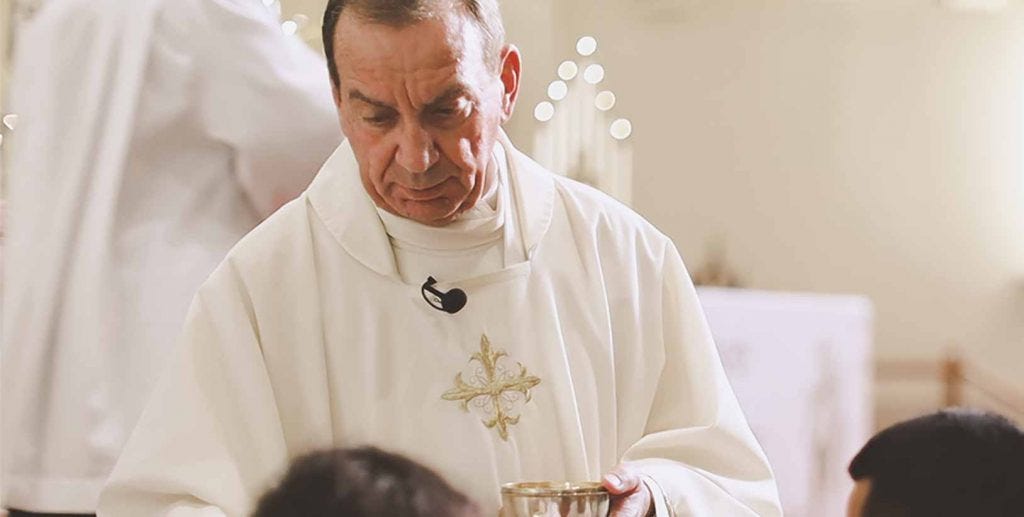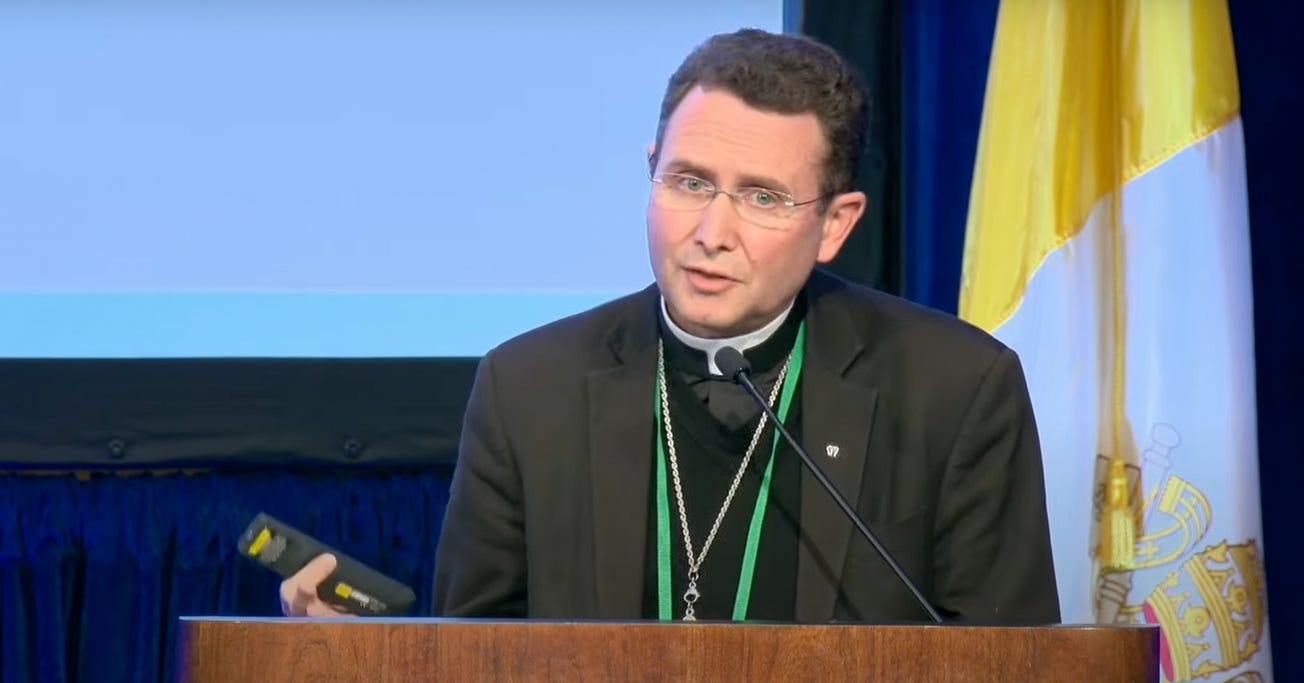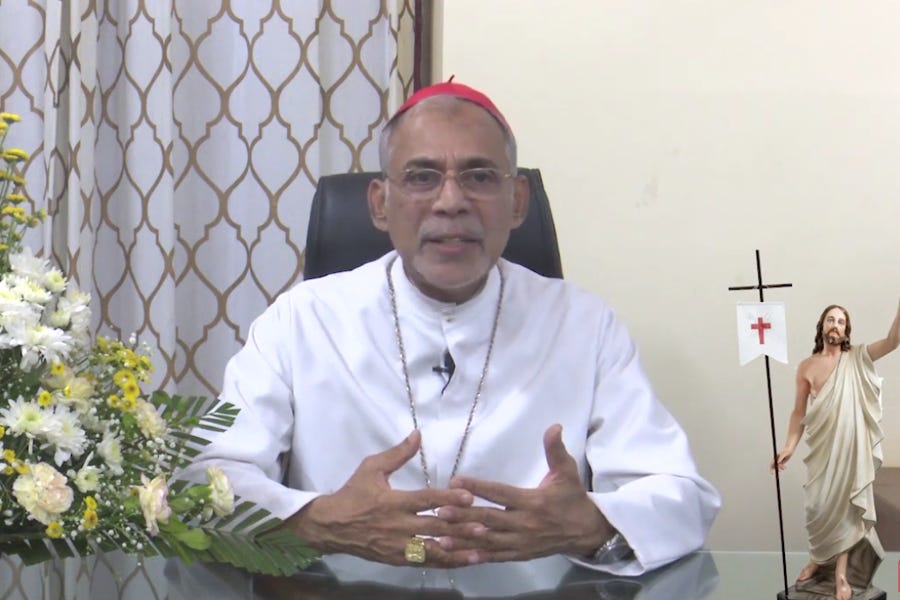The Archdiocese of Cincinnati announced on Friday a restructuring initiative that could eventually close 70% of archdiocesan parishes. The process will begin by clustering the 208 parishes of the archdiocese into 60 “families” of parishes, which will share pastors, staff, and infrastructure, but initially remain canonically independent.
Well beyond Cincinnati, the initiative is worth watching, as its approach may well become a model for institutional downsizing in dioceses across the country, especially in the Northeast and the Rust Belt.
The archdiocese calls its project, euphemistically, “Beacons of Light.” The idea is that clusters of parishes will be identified in November, which will engage next year in planning processes that aim to discern, among other things, which church buildings they can realistically maintain over the long-term. Eventually parishes will be canonically merged.
The idea is probably designed to avoid the kinds of fights that parish closures have prompted in other dioceses.
The project seems intended to allow parishioners to adjust gradually to the idea that they have far more buildings than practicing Catholics need, that priests are stretched thin by driving circuits to service them, and that paying the maintenance and upkeep costs on little used buildings is rarely a realistic long-term proposition.
A rush of defensive sentiment tends to come along with learning a beloved church will be closed, even among people who no longer practice the faith. But experience suggests that after a few years of mourning, most practicing Catholics are ready to face the fiscal realities of the contemporary ecclesial landscape. The archdiocesan plan seems designed to allow parishioners to reach conclusions about church closures at the local level, rather than see them imposed from the top-down.
Archbishop Dennis Schnurr is known among U.S. bishops as one of the most organized and systematic Church administrators in the country. The archbishop, who organized 1993’s World Youth Day in Denver, is generally regarded as pragmatic, serious, and committed to tackling Church problems head-on.
That’s why Schnurr’s Friday announcement of the restructuring in the Archdiocese of Cincinnati is taken so seriously among Church-watchers. Few suspect that the archbishop has rushed into the process headlong or reactively, and most believe he will be patient, but firm, about the need to ensure the institutional footprint of the Church is correspondent to its capacity.
Because Schnurr is well-respected among his peers, if his consolidation scheme works, it will probably be imitated in other parts of the country. Especially because while Schnurr seems to be implementing his plan before his archdiocese reaches a crisis of money or manpower, many local churches are already in crisis mode on those fronts.
It is interesting that Schnurr began his consolidation project while ordinations in his diocese are on the rise, and while he expects to eventually see priestly vocations reach above replacement level, in which the archdiocese sees more annual ordinations than retirements.
Schnurr’s decision seems motivated by two realities. The first is an increased awareness that the multi-parish, circuit-riding, on-the-road lifestyle of many young priests leads eventually to burnout, which is sometimes accompanied by “liability events,” as any number of unhealthy or unholy lifestyle choices might be termed. The second is an understanding that the kind of wholesale American institutional disaffiliation experienced in recent years isn’t going away, and the belief that it will not be countered by a commitment to maintaining an outsized institutional footprint at all costs.
Of course, the decision in Cincinnati will not be without conflict. Laity will say they have not been sufficiently consulted, and some will make Vatican appeals of chancery decisions. Priests will say that the bean-counters downtown have made cuts or consolidations in the wrong places, that they lack the kind of hands-on experience to understand which neighboring parishes have such long-standing rivalries they can’t possibly be expected to worship together. The dramatic contraction will be not be easy, even where it is understood to be needed.
The archbishop’s plan, if it will work, will require careful management and ongoing attention. It depends upon actually doing the consultation it promises, and upon the buy-in of priests. And if priests initially say they’ve not been heard, or that the lay consultation process is not getting good reception in local parishes, Schnurr, known widely as a “process guy,” will need to call the required audibles to make things work.
Schnurr, at 73, will not be finished with the consolidation process by the time his retirement is accepted by Rome in two or three years. But his successor will likely appreciate that the archbishop has taken the most difficult step of any dramatic adjustment to ecclesial life: the first step.
And if the process, however painful at the beginning, gradually gains acceptance among the clergy and Catholics of Cincinnati, it might not be a first step only for Schnurr’s archdiocese. The dramatic consolidation begun this week in Cincinnati may, in fact, be a first step for the future of the institutional Church across the United States.
Assuming, of course, that it works.





